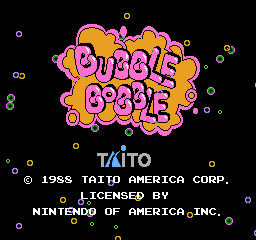
There was once a time where game information was really hard to find on the internet.
Before Fandom née Wikia started automatically generating wikis for everything in existence, before even GameFAQs, which started in 1995 and is still chugging away after all these years, became sorta-big, there were the shrines sites. Some enthusiast (obsessive?) would build a website to document literally everything about the game they could find. Early free hosting site Geocities was a haven for that kind of thing.
Geocities is gone now, although much of its content has been preserved through the efforts of Archiveteam. By the way, if you’re feeling nostalgic for those days, or wasn’t around then but think it sounds like something you’d like to get involved with, I will just drop here this link to Neocities.
Not all of these sites were on Geocities, or other host short-lived free host. Some of them survive today. I personally think these sites are an essential part of the soul of the World Wide Web (yes, I’m old enough to call it that), and proudly link to some of them from our hard-wrought Links page.
One of my favorite of these shrines is the Bubble Bobble Info Pages, created back in 1998, and its companion site the Rainbow Islands Info Pages. It’s not just their old-school web design that I love, although that’s hugely charming to me. It’s that it’s the source of a great quantity of information on a couple of extremely opaque games.
The arcade game Bubble Bobble is absolutely filled with mysteries, most of which are practically undiscoverable without diving into the game’s code, and it’s known that even its manufacturer Taito lost its source code many years ago. This leaves BBIP as nearly the sole source for a lot of important game data.
My favorite of these facts is the information on how Bubble Bobble decides which special item to generate each game. These are not random but chaotic, influenced by unseen patterns, that gives a kind of sense of them. Some items tend to be generated on certain levels, but they’re not hard-coded that way, so that the player’s actions can influence them without relying on them.
The game keeps count of a huge array of things that the players can do or cause during the game. The number of times they jump, the number of times they shoot bubbles, the number of times the pop bubbles, the number of times they jump on bubbles, the number of steps they take, the number of times they wrap the screen, and so on.
At the start of each level, the game goes down the list, finds the first value that exceeds a certain limit (which generally increases with the game’s difficulty, both explicitly-set and dynamically-rising), will set that item to generate during that level, and resets the counter. Some of these things can only happen in certain levels, like screen-wrapping or popping water bubbles, and that gives the history of generated powerups throughout a game a shape, that the players can influence, even without knowing exactly how. These counters are not even reset when the game ends! They carry on to the next, and in fact a few of the counters probably won’t trigger for several games.
It’s a significant factor in what makes Bubble Bobble so much fun, but interestingly, it means it’s more fun when played in an arcade setting, where the actions of past players contribute to add uncertainty to the powerup schedule. This is a terrific design pattern that I don’t think nearly enough developers know about, and one of the few places in the world where you can find out about it now is the Bubble Bubble Info Pages.
